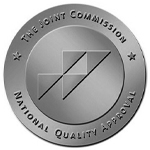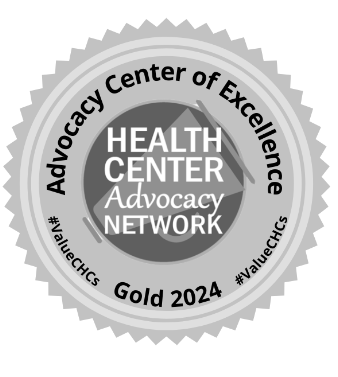 If you have a young child, it’s important to make sure they are on track with completing proper developmental milestones. If you notice your child has delays, is not able to do things that most children of the same age can, or is having behavioral problems, you should talk to his or her doctor. One option your healthcare provider may recommend is occupational therapy.
If you have a young child, it’s important to make sure they are on track with completing proper developmental milestones. If you notice your child has delays, is not able to do things that most children of the same age can, or is having behavioral problems, you should talk to his or her doctor. One option your healthcare provider may recommend is occupational therapy.
Emily Mason, Occupational Therapist at Keystone Pediatric Therapies, shares information parents should know about occupational therapy, and who might benefit.
What is occupational therapy?
Occupational therapy focuses on helping patients with delays, impairments or disabilities develop the skills necessary to lead full and independent lives. This encompasses all of the activities from when they wake up in the morning to when they go to bed at night. Occupational therapy can help patients improve skills such as morning and nightly routines, school, play, and social interactions. Specific skills they can work on include motor, cognitive, social, sensory processing, vision, reflex integration and vocational skills.
Who can benefit from occupational therapy?
Kids and adolescents of all ages and diagnoses can benefit. Any child who is struggling with daily activities, social skills, behavioral issues, birth defects, developmental delays or other difficulties resulting from an injury or illness could benefit. Some common diagnoses which are served by occupational therapists include: Autism, ADD/ADHD, developmental delays and disorders, social skills dysfunction, Asperger Syndrome, Down Syndrome, spina bifida and others.
What are some achievements that patients can reach through occupational therapy?
Some common goals for patients in occupational therapy include: increased independence, increased participation and engagement in daily activities, improving self-regulation, improving academic success, and gaining the play, cognitive, social, and motor skills needed to engage in daily activities.
What are some types of activities that might be included in a therapy session?
Activities vary based on individual patient goals. Some commonly used activities include: obstacle courses, social games, pretend play (doctor, restaurants, grocery stores, etc.), vocational activities (cooking, laundry, etc.), job readiness skills (practice interviews, etc.), card games, craft projects, STEM (science, technology, engineering, math) activities and social group activities.
What are some signs that your child might benefit from occupational therapy?
Children who have difficulty with any of the following may benefit from occupational therapy services: regulating their emotions, frequent poor behavior or meltdowns, trouble playing and/or interacting with others, struggling with motor skills and coordination (buttons, zippers, etc.) struggling in school (reading, spelling, handwriting, etc.), difficulty adapting to changes or challenges, clumsiness (such as frequent tripping) and struggling with daily living activities (dressing, feeding, tooth brushing, bathing, toileting, etc.).
If you notice any of these behaviors in your child, contact his or her doctor as soon as possible. With proper treatment, occupational therapy services can have a big impact on helping your child reach their full potential.
For more information about Keystone Pediatric Therapies, click here.
This article contains general information only and should not be used as a substitute for professional diagnosis, treatment or care by a qualified health care provider.




